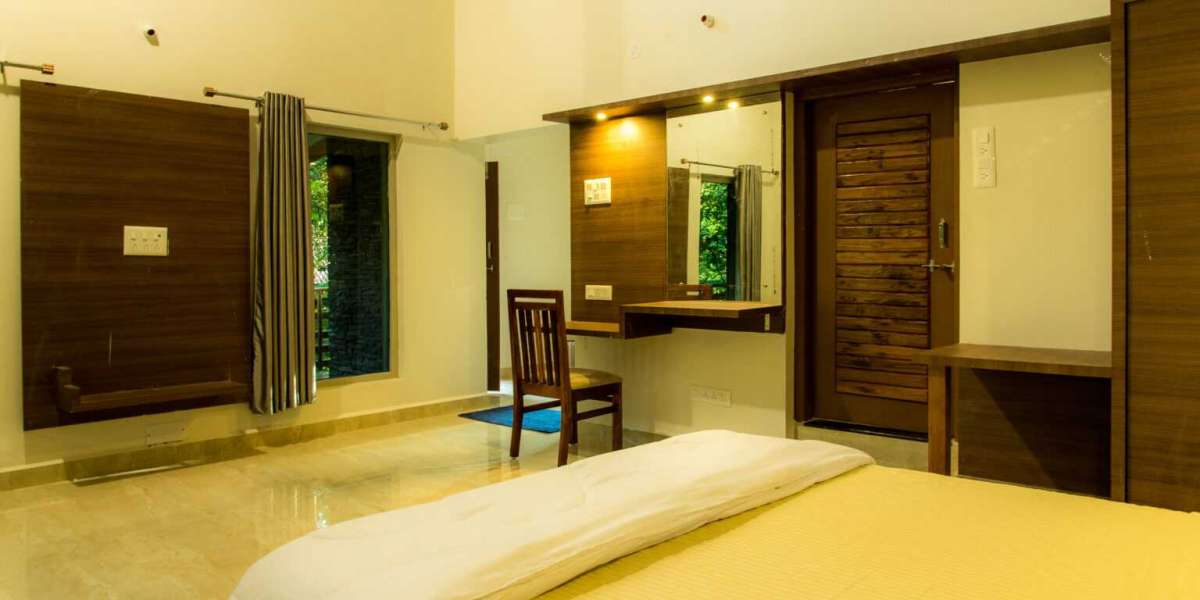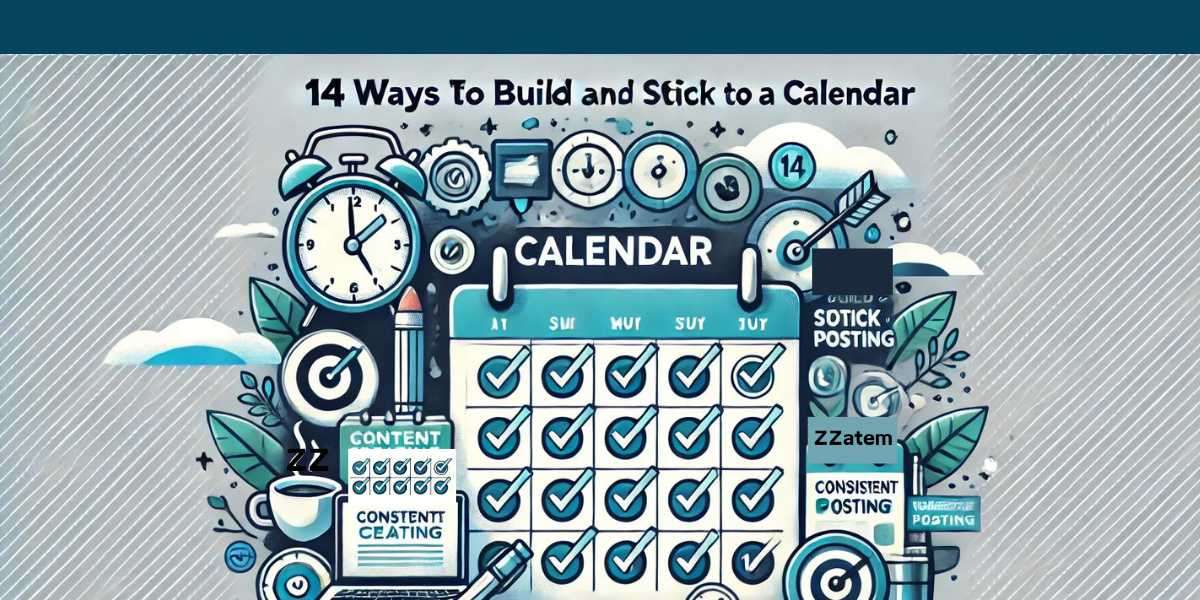Navigating the UK immigration system can be complex, especially if you don’t qualify under standard visa categories. However, in certain circumstances, individuals may be granted Discretionary Leave to Remain (DLR)—a form of temporary immigration status given at the discretion of the Home Office.
What is Discretionary Leave to Remain?
Discretionary Leave to Remain UK is a type of immigration status granted to individuals who do not meet the requirements for other visa routes but have compelling reasons to stay in the UK. It is typically awarded on a case-by-case basis, considering humanitarian, compassionate, or exceptional circumstances.
DLR is usually granted for a limited period, often 30 months, with the possibility of extension. After a certain period, applicants may be eligible to apply for Indefinite Leave to Remain (ILR), leading to permanent residency.
Who Can Apply for Discretionary Leave to Remain?
The Home Office may grant DLR in situations such as:
- Humanitarian or compassionate grounds – Where removal from the UK would cause extreme hardship.
- Medical reasons – If the applicant or a dependent has serious health issues that cannot be adequately treated in their home country.
- Family or private life claims – Where an individual has established strong family ties in the UK, particularly if they have children who have lived in the UK for several years.
- Victims of trafficking or domestic abuse – Where returning to their home country would put them at risk.
- Exceptional circumstances – Cases that do not fit standard immigration rules but deserve consideration.
How to Apply for Discretionary Leave to Remain
- Check Eligibility – Ensure you meet the criteria for DLR, as it is not automatically granted.
- Prepare Supporting Documents – Gather evidence such as medical reports, proof of family ties, or expert testimonies.
- Submit an Application – Complete the relevant form (often FLR(HRO)) and pay the required fee (if applicable).
- Attend a Biometrics Appointment – Provide fingerprints and a photograph at a visa application centre.
- Await a Decision – Processing times vary, but applicants may receive a decision within several months.
Rights Granted Under DLR
Holders of Discretionary Leave to Remain can:
- Work in the UK (with some restrictions in certain professions).
- Access the NHS for healthcare.
- Study in the UK.
- Apply for benefits, depending on individual circumstances.
Extending or Settling with DLR
After completing the required period (usually 10 years under the long residence rule or 5 years in some cases), applicants may apply for ILR. It’s crucial to maintain lawful residence and avoid criminal convictions, as these can affect future applications.
Conclusion
Discretionary Leave to Remain provides a lifeline for those who cannot stay under standard visa routes but have strong reasons to remain in the UK. If you believe you qualify, seeking legal advice can strengthen your case and improve your chances of success.








